A Small Battle With Huge Implications
Small bands of Patriots and Loyalists who fought with fierce devotion were formed during the early Revolutionary War period in the Carolinas and Georgia. Because of the numerically small number of forces involved, and because of intense passions that existed on both sides, the engagements were both personal and bitter. The most significant of these engagements was the Battle of Moores Creek Bridge, which was fought near Wilmington, North Carolina, on February 27, 1776.
By the summer of 1775, British military leaders had formulated a strategy for crushing rebellion in the American colonies. They would be divided and conquered piecemeal, by breaking the interior up into chunks. Natural land routes and inland waterways existed to facilitate execution of this strategy.
Royal Governor Josiah Martin of North Carolina convinced the British government that, with the help of a few British Army regiments, he could raise enough Loyalists to wipe out rebellion in the colony. This action, he claimed, would facilitate the capture of South Carolina and Georgia.
Martin based his hopes of raising a large force on a relatively new group of immigrants, the Highland Scots, who had established small settlements in several coastal North Carolina counties. These immigrants had fought for the Stuarts against the House of Hanover in 1745, and, after a bloody defeat, had sought refuge in the New World. Although the Highlanders had no love for King George III, they had still less for settlers in the Piedmont region, many of whom were Lowland or Scottish-Irish immigrants.
The situation in North Carolina, however, was not precisely as Martin had reported to his superiors in London. A civil war atmosphere had existed in the colony since 1771. By 1775, North Carolina was split into two groups: the Patriots, consisting primarily of the Scottish-Irish and other Piedmont settlers, who favored independence; and the Loyalists -primarily Crown officials, wealthy merchants, planters, Scottish Highlanders and others of a conservative bent who opposed redressing their grievances by means of war.
Anxious to quash further thoughts of rebellion, Gov. Martin began raising an army, without waiting for the arrival of British troops. By February 15, 1776, he had 700 Highlanders and 800 other Loyalists under the command of Donald McDonald, an experienced soldier and militia leader.
As word of Loyalist activities spread, the Patriots began gathering their forces under the command of Colonel James Moore of the 1st North Carolina Regiment. Moore was a descendant of Rory O’More (1620-1652), the primary instigator of the Irish rebellion of 1641.
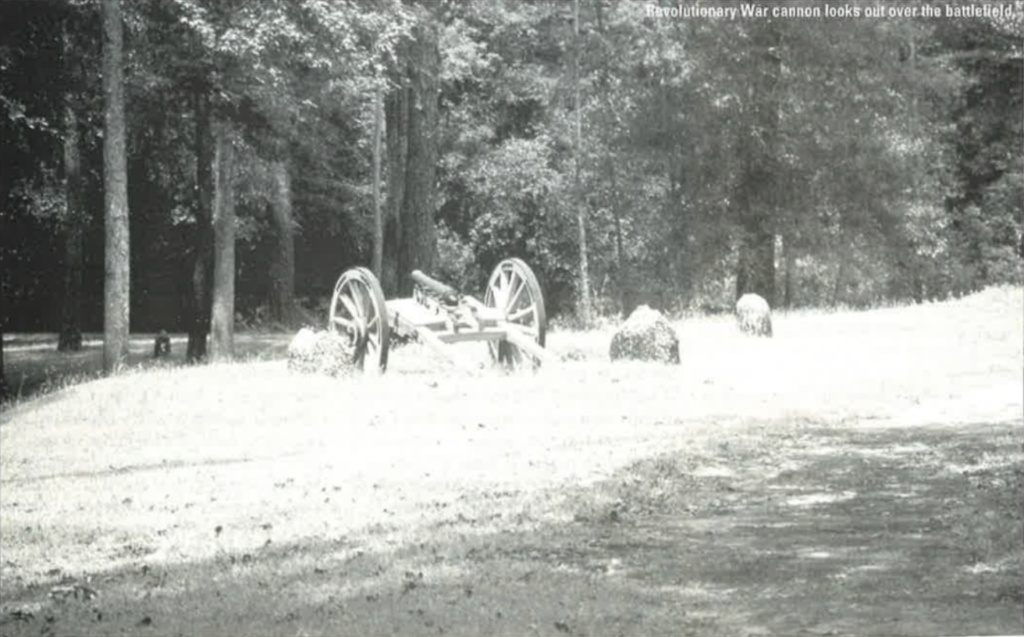
After raising about 1,000 volunteers, Col. Moore decided to contest a Loyalist march to the coast that was intended to link up with an expeditionary force under Lord Charles Cornwallis, Sir Henry Clinton and Sir Peter Parker. These combined British army and naval forces were to concentrate at Brunswick, North Carolina by mid-February, 1776.
Donald McDonald, exhausted, old and ill, was in no condition to participate in battle. For that reason, Donald McLeod was appointed to lead the assault. A severe Loyalist shortage of arms soon became apparent; in fact, only about 500 Loyalist supporters were fully equipped for combat at Moores Creek.
A narrow structure located in the middle of a swamp, Moores Creek Bridge provided an ideal defensive situation. The creek at the bridge was about 40 feet wide, with a water depth of about five feet. The creek moves through the swamp in a series of twisting loops. Beneath dark waters, the bottom contained the accumulation of years of swamp wastes. The bridge itself was located on a sand bar.
Following his arrival at the scene on February 25th, Patriot Colonel Alexander Lillington, under Moore’s command, had earthworks built on a slight rise on the east end of the bridge overlooking the approach. An additional group of Patriot soldiers arrived the next day. They were sent across the stream to erect embankments on the west side, embankments which the enemy would have to pass. During the night, this position was abandoned and the men joined Lillington’s forces on the east side, after pulling up bridge planks and greasing the girders with animal fat.
The Loyalist approach march began around 1 a.m. Being unfamiliar with the terrain, soldiers were soon floundering in the swamp, which greatly hindered their progress. To try and utilize the element of surprise, the Loyalist force was divided into three columns. They silently entered the Patriot camp, only to discover it had been abandoned during the night, leaving fires burning to cover troop movements.
The Highland Scots, some dressed in kilts, then rushed to the bridge, yelling their battle cry: “King George and Broad Swords!” Many slipped and tumbled into the murky water. Patriot guns firing at pointblank range met those who made it across the bridge. Two Patriot artillery pieces then opened up with a deafening roar.
Many of the Highlanders, wounded, fell into the creek and drowned. Others, thrown into the water by the artillery volley, were pulled under the surface by the weight of their heavy clothing. All Loyalists who managed to cross the bridge were shot.
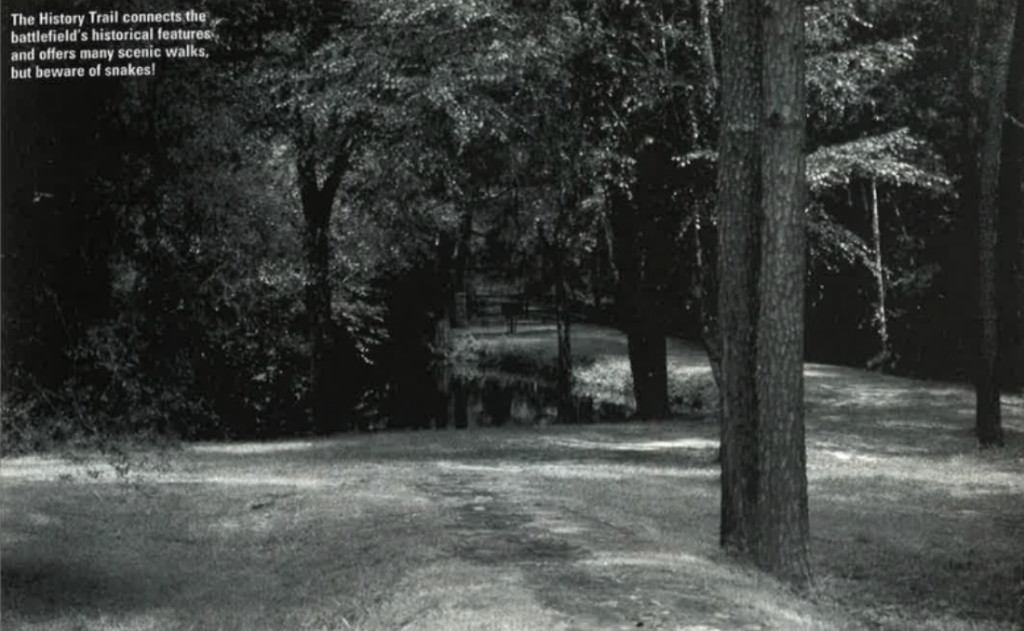
Not at all encouraged by the panicked flight of many officers, Highlanders too soon joined the fleeing mob. There was a general rush to the area where supply wagons had been left. Horses were cut loose from their harness, and with as many as three men mounted on one animal, Loyalists fled toward their previous night’s encampment.
Patriots leaped over the parapets in pursuit. A few Loyalists, not so fleet of foot as their companions, were captured. However, the victors did not immediately follow up their advantage, but stopped instead to pillage Loyalist supply wagons. Two Patriots were wounded in combat; only one, John Grady, died.
It was impossible to determine the exact number of Loyalist casualties. There were at least 30, but many men drowned or died of their wounds in the surrounding swamp; their bodies were not recovered until later. Over the next few days, the Patriots captured several enemy officers, 850 troops, 1,500 rifles, 350 muskets, 150 swords and $75,000 in coined money.
Josiah Martin, royal governor of the colony and the person indirectly responsible for the engagement, explained in a letter to England that Moores Creek Bridge was “only a little check the Loyalists have received.” Martin insisted that the prospects of returning the colony to royal authority were as strong as ever.
In truth, the Patriot victory accomplished far more than merely checking the growth of Loyalist sentiment in North Carolina. It in fact stoked the fires of revolutionary fervor to such a degree that on April 12, 1776, the colony of North Carolina instructed its delegation to the Second Continental Congress in Philadelphia to vote for independence — the first colony to do so.
The victory at Moores Creek Bridge also helped thwart a planned British invasion of North Carolina. Patriot militiamen repulsed a British seaborne force that moved onto Sullivan’s Island off Charleston, South Carolina in May of 1776 in late June.
The failure of England’s divide-and-conquer strategy lay in lack of overall local support and coordination on both the political and military levels, and in a critical underestimation by British field commanders of Patriot resolve.
“Had the South been conquered in the first half of 1776,” historian Edward Channing has concluded, “it is conceivable that rebellion would never have turned into revolution…At Moores Creek and Sullivan’s Island the Carolinians turned aside the only combination of circumstances that might have made British conquest possible.”
From 1899 to 1926, the Moores Creek Monument Association managed the area in North Carolina where the battle was fought. In 1926, it was designated a National Military Park (changed to a National Battlefield in 1980). The 86-acre park preserves the site of the Revolutionary War battle.
- What To See And Do: Visitor activities can include viewing battle-related exhibits, hiking, picnicking, and wildflower watching in season and bird watching all year. Two hours are needed to tour the battlefield and see the exhibits and audiovisual program in the Visitor Center. A diorama depicts the scene at the bridge, as it was when Patriots opened fire. Among the original weapons on display are a broadsword, a Highlander pistol, a Brown Bess musket and a half-pounder swivel gun.
- The History Trail (1 mile), which begins behind the Visitor Center, connects the battlefield’s historical features. It follows for a short distance the original alignment of the road used by both sides at the time of the battle. Known as the Negro Head Point Road, this linked the Moores Creek area to Wilmington and has existed since 1743.
The only other original battlefield remains are the bridge site. In 1856, a Wilmington newspaper reported that some original bridge foundation timbers were still visible, along with traces of earthworks. The earthworks visible today are remnants of those that were built by Patriot troops. Although the works were rehabilitated in the late 1930s, archaeological research indicates that the present alignment is historically accurate.
- The Tarheel Trail (.3 mile) begins near the end of the History Trail. Exhibits along this path interpret the production of naval stores, which was the chief industry of this geographical region during the American Revolution.
- The Battlefield is located in southeastern North Carolina. Take Route 421 from Wilmington to the junction with Route 210 and then go west (left) on 210 for five miles to the park. From Interstate 40, follow Rte. 210 west at the Rocky Point exit.
- Caution: When near Moores Creek, watch your children. Several species of poisonous snakes live in the park. Do not attempt to cross the Moores Creek Bridge. The structure is intended for educational and interpretive use. The park is open daily from 8 a.m. to 5 p.m., 8 a.m. to 6 p.m. on June, July and August weekends. During the summer months, this place is hot.

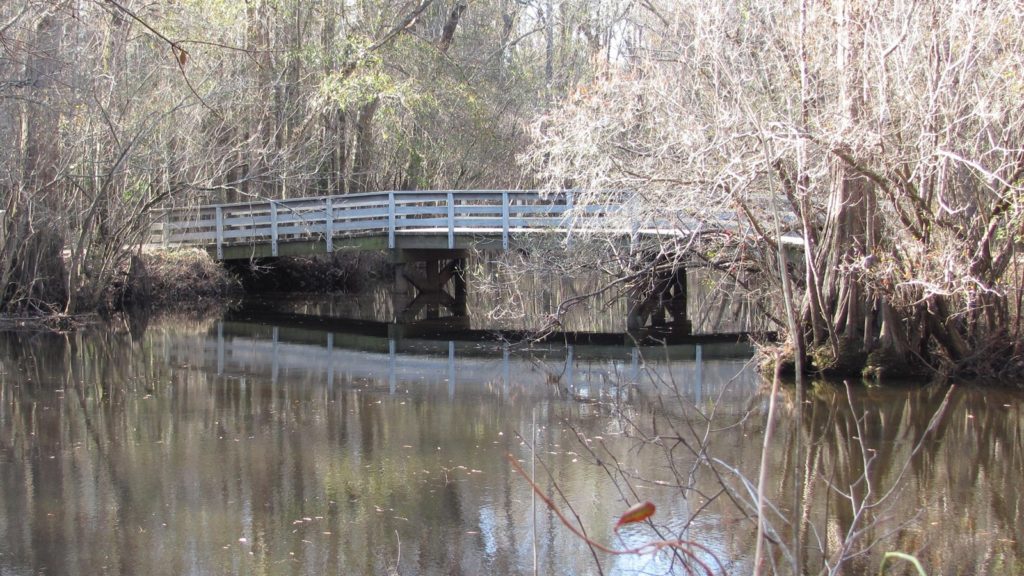
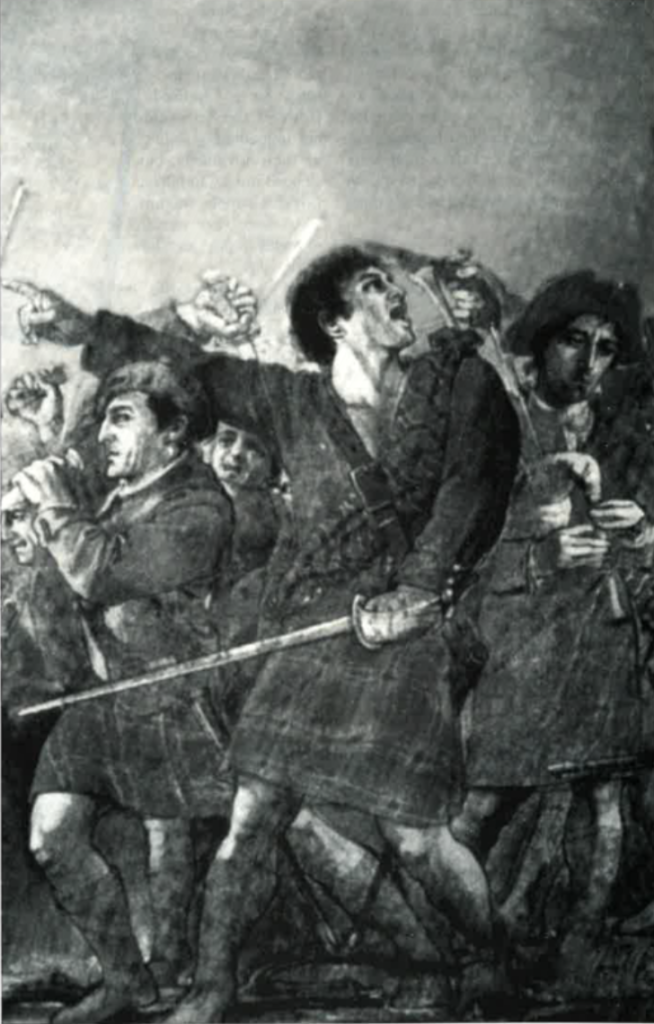
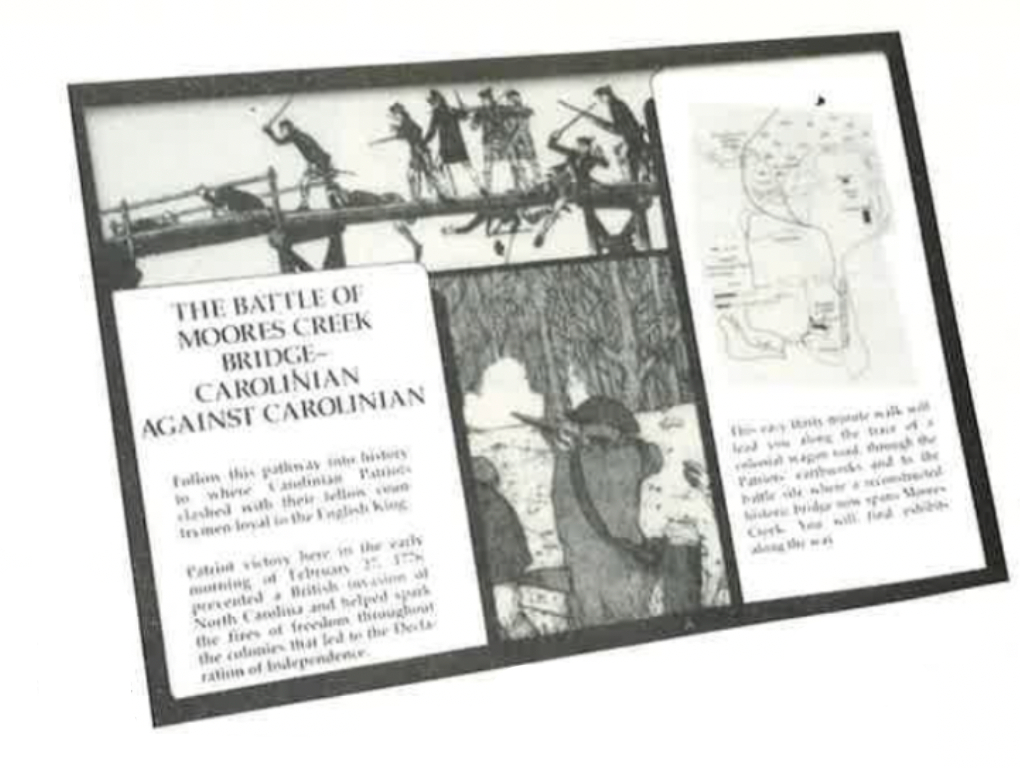
Leave a Reply